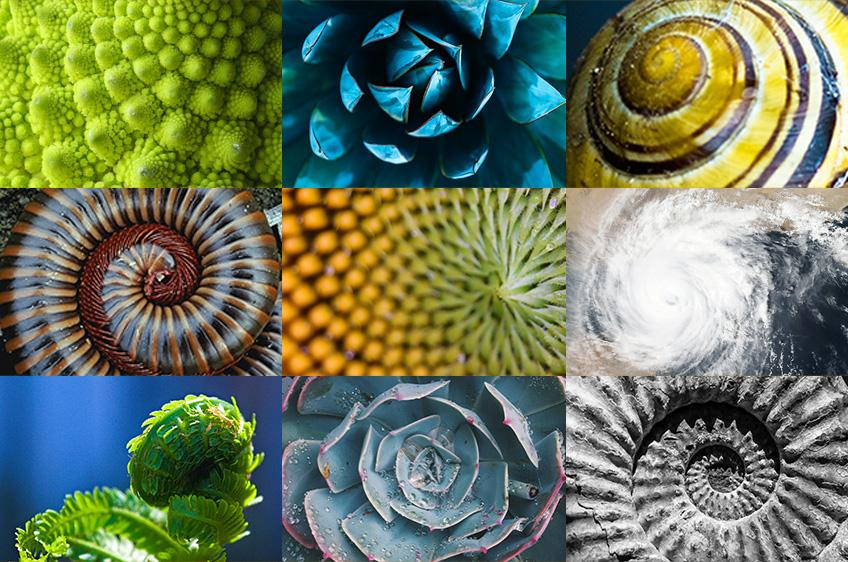How Does the Fibonacci Sequence Appear in Nature?
The Fibonacci sequence is a well-known series of numbers in which each number is the sum of the previous two numbers. It begins with 0 and 1, and the subsequent numbers are created by adding these two together. The sequence goes as follows: 0, 1, 1, 2, 3, 5, 8, 13, 21, 34, and so on.
One of the most famous appearances of the Fibonacci sequence in nature is in the arrangement of leaves on a stem. If you look at a plant, you will often see that the leaves are arranged in a spiral pattern, with each successive leaf slightly offset from the one before it. This pattern is known as the Fibonacci spiral.
The Fibonacci spiral can also be found in the arrangement of seeds in a sunflower. If you look at the back of a sunflower, you will see that the seeds are arranged in a spiral pattern, with the majority of the seeds following a clockwise spiral, and a smaller number of seeds following a counterclockwise spiral. This pattern is also known as the Fibonacci spiral.
In addition to the arrangement of leaves and seeds, the Fibonacci sequence can also be found in the growth patterns of certain animals and plants. For example, the number of petals on a flower often follows the Fibonacci sequence. For example, a lily has three petals, a buttercup has five, a delphinium has eight, and so on.
The Fibonacci sequence can also be found in the branching patterns of trees and other plants. The way in which branches grow and split off from one another often follows the Fibonacci sequence, with each branch splitting off at a certain angle from the previous one.
Overall, the Fibonacci sequence appears in many different aspects of nature, from the arrangement of leaves and seeds to the growth patterns of plants and animals. It is a fascinating example of how mathematics and nature are interconnected, and it serves as a reminder of the beauty and complexity of the natural world.





